Work could benefit probabilistic optical computing.
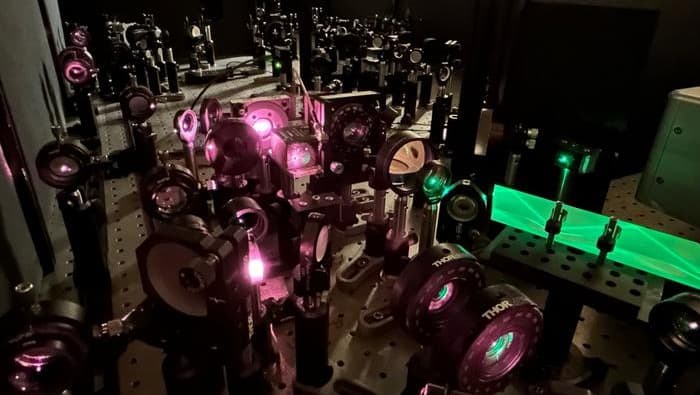

“I view string theory as the most promising way to quantize matter and gravity in a unified way. We need both quantum gravity and we need unification and a quantization of gravity. One of the reasons why string theory is promising is that there are no singularities associated with those singularities are the same type that they offer point particles.” — Robert Brandenberger.
In this thought-provoking conversation, my grad school mentor, Robert Brandenberger shares his unique perspective on various cosmological concepts. He challenges the notion of the fundamental nature of the Planck length, questioning its significance and delving into intriguing debates surrounding its importance in our understanding of the universe. He also addresses some eyebrow-raising claims made by Elon Musk about the limitations imposed by the Planck scale on the number of digits of pi.
Moving on to the topic of inflation and its potential detectability, Robert sheds light on the elusive B mode fluctuations and the role they play in understanding the flaws of general relativity. He explains why detecting these perturbations at the required scale may be beyond our current technological capabilities. The discussion further explores the motivations behind the search for cosmic strings in the microwave sky and the implications they hold for particle physics models beyond the standard model.
With his expertise in gravity and the quantization of mass, Robert Brandenberger emphasizes the need for a quantum mechanical approach to gravity. He discusses the emergence of time, space, and a metric from matrix models, offering new insights into the foundations of our understanding of the universe. The speaker’s work challenges conventional notions of inflation and proposes alternative models, such as string gas cosmology, as potential solutions.
Beyond the scientific aspects, Robert Brandenberger reflects on his role as a scientist and educator. He expresses his gratitude to a mentor and shares advice he received about navigating the academic world. Additionally, he discusses the evolution of being a professor over the past three decades and shares his thoughts on the profession as a whole.
This episode leaves us with many questions, tantalizing possibilities, and a deeper appreciation for the mysteries of the cosmos. We invite you to join us in this cosmic journey as we explore the frontiers of theoretical cosmology.
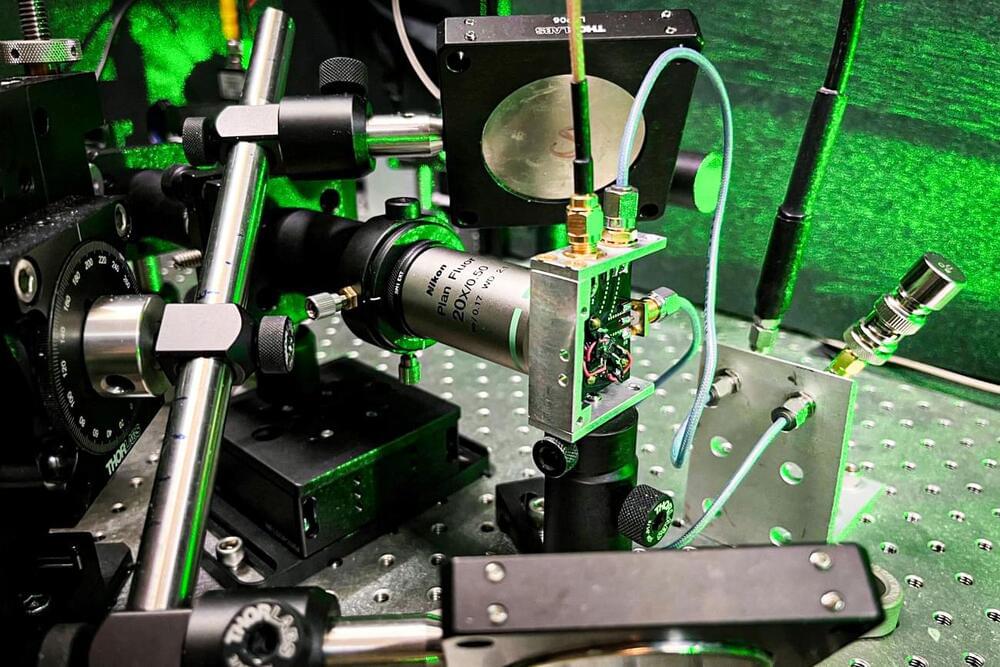
Electronic devices typically use the charge of electrons, but spin — their other degree of freedom — is starting to be exploited. Spin defects make crystalline materials highly useful for quantum-based devices such as ultrasensitive quantum sensors, quantum memory devices, or systems for simulating the physics of quantum effects. Varying the spin density in semiconductors can lead to new properties in a material — something researchers have long wanted to explore — but this density is usually fleeting and elusive, thus hard to measure and control locally.
Now, a team of researchers at MIT and elsewhere has found a way to tune the spin density in diamond, changing it by a factor of two, by… More.
MIT researchers found a way to tune the spin density in diamond by applying an external laser or microwave beam. The finding could open new possibilities for advanced quantum devices.

Head over to our on-demand library to view sessions from VB Transform 2023. Register Here
The recent Ant-Man movie did a great job of putting quantum up in lights, but the future of quantum science shines even brighter than fiction. One application, quantum sensors, is already the basis of some of the most important systems and technologies in our world — global positioning systems (GPS) and magnetic resonance imaging (MRI) scanners are prime examples.
Quantum sensors and quantum AI are just the beginning: Robots are now getting the quantum sensor treatment too. Quantum sensors will supercharge the way robots work and how we apply them to important 21st-century challenges.

Turtles migrate thousands of miles out in the open ocean, charting epic courses in search of food, mates, and nesting grounds. Exactly how they find where they’re going has long puzzled scientists who suspected magnetic fields were involved, but were unsure of the exact mechanism through which turtles were sensing it.
We’ve since learned that turtles appear to recognize magnetic signatures of locations, such as the beach on which they hatched where females will later return to lay their own eggs. We know the magnetosphere is in constant flux, and turtle nesting sites have been found to shift in tandem, so how is it that they’re able to make sense of this invisible force?
Some answers to this question were revealed in a study that looked at the way snapping turtles can tell north from south, in a phenomenon known as spontaneous magnetic alignment. It was once thought to be a rare trait in the animal kingdom, but as Professor John Phillips from the Department of Biological Sciences at Virginia Tech told IFLScience, this is no longer the case.
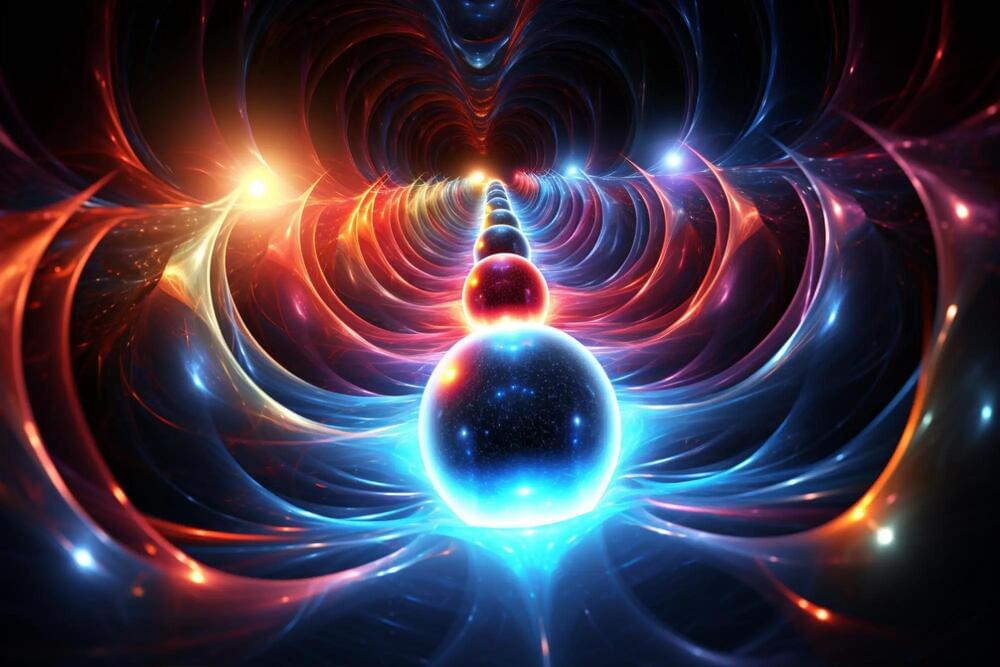
Thermal field theory seeks to explain many-body dynamics at non-zero temperatures not considered in conventional quantum field theory.
The thermal field theory, as presented by Munshi G. Mustafa, bridges statistical mechanics and quantum field theory, simplifying the analysis of many-body systems and enhancing the understanding of high-energy collisions and early universe evolution.
Quantum field theory is a framework used by physicists to describe a wide range of phenomena in particle physics and is an effective tool to deal with complicated many-body problems or interacting systems.
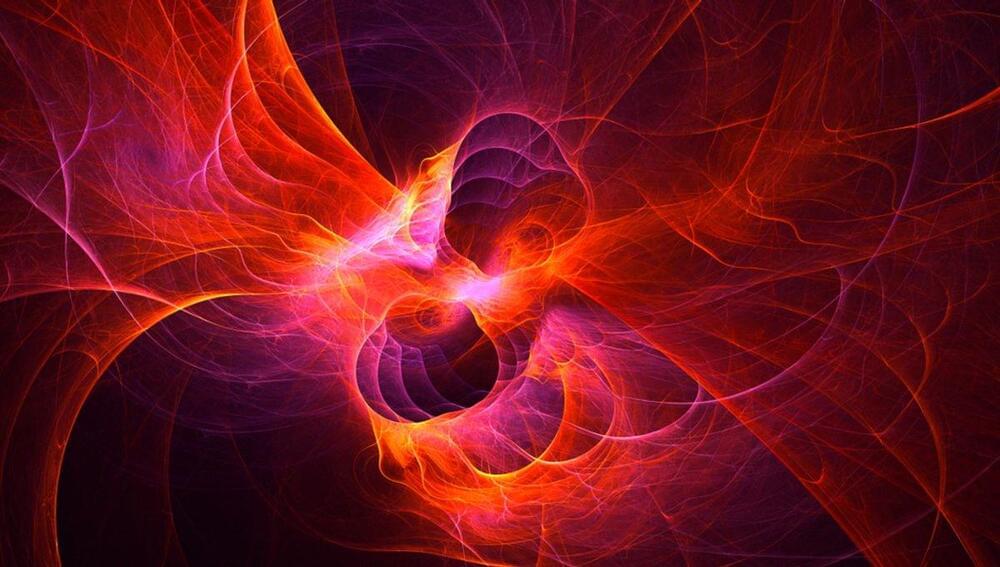
There is a lot of speculation about the end of the universe. Humans love a good ending after all. We know that the universe started with the Big Bang and it has been going for almost 14 billion years. But how the curtain call of the cosmos occurs is not certain yet. There are, of course, hypothetical scenarios: the universe might continue to expand and cool down until it reaches absolute zero, or it might collapse back onto itself in the so-called Big Crunch. Among the alternatives to these two leading theories is “vacuum decay”, and it is spectacular – in an end-of-everything kind of way.
While the heat death hypothesis has the end slowly coming and the Big Crunch sees a reversal of the universe’s expansion at some point in the future, the vacuum decay requires that one spot of the universe suddenly transforms into something else. And that would be very bad news.
There is a field that spreads across the universe called the Higgs field. Interaction between this field and particles is what gives the particles mass. A quantum field is said to be in its vacuum state if it can’t lose any energy but we do not know if that’s true for the Higgs field, so it’s possible that the field is in a false vacuum at some point in the future. Picture the energy like a mountain. The lowest possible energy is a valley but as the field rolled down the slopes it might have encountered a small valley on the side of that mountain and got stuck there.
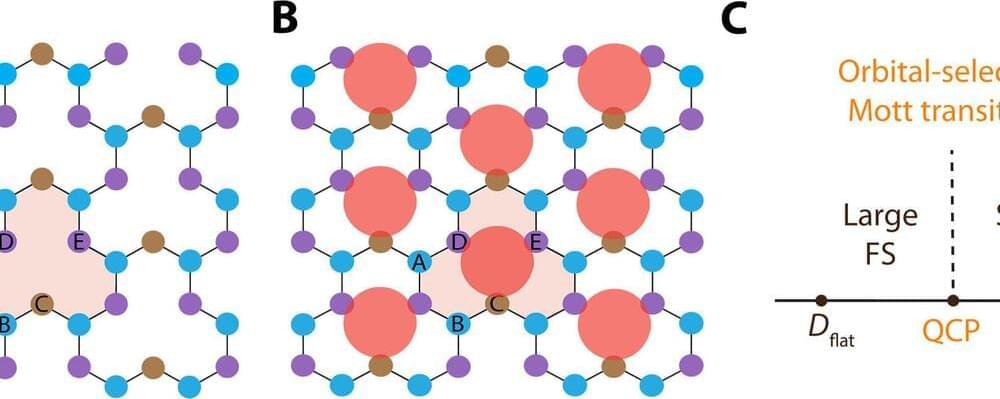
Rice University physicists have shown that immutable topological states, which are highly sought for quantum computing, can be entangled with other manipulable quantum states in some materials.
“The surprising thing we found is that in a particular kind of crystal lattice, where electrons become stuck, the strongly coupled behavior of electrons in d atomic orbitals actually act like the f orbital systems of some heavy fermions,” said Qimiao Si, co-author of a study about the research in Science Advances.
The unexpected find provides a bridge between subfields of condensed matter physics that have focused on dissimilar emergent properties of quantum materials. In topological materials, for example, patterns of quantum entanglement produce “protected,” immutable states that could be used for quantum computing and spintronics. In strongly correlated materials, the entanglement of billions upon billions of electrons gives rise to behaviors like unconventional superconductivity and the continual magnetic fluctuations in quantum spin liquids.
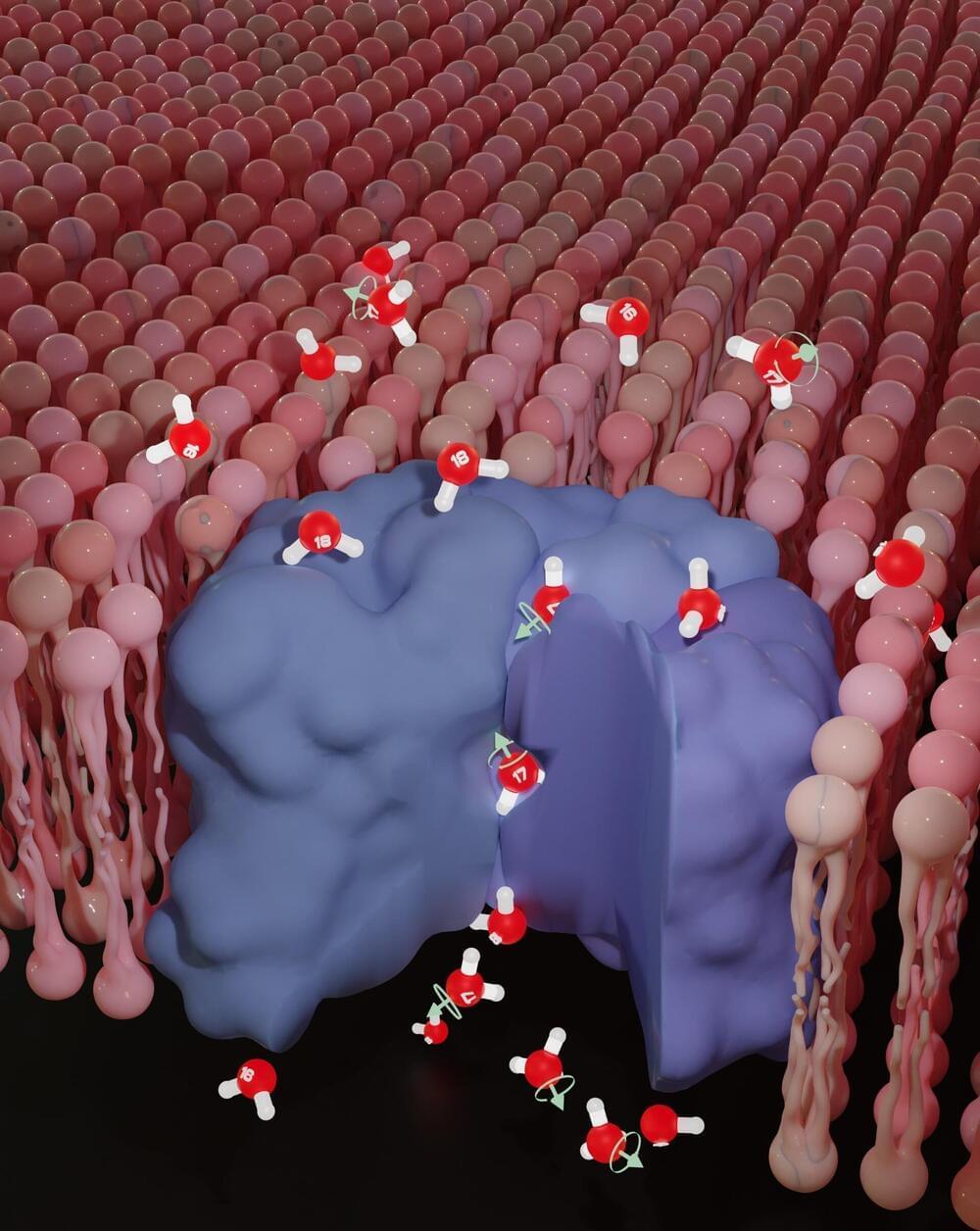
A research team led by Prof. Yossi Paltiel at the Hebrew University of Jerusalem with groups from HUJI, Weizmann and IST Austria has published a new study that reveals the influence of nuclear spin on biological processes. This discovery challenges long-held assumptions and opens up exciting possibilities for advancements in biotechnology and quantum biology.
Scientists have long believed that nuclear spin had no impact on biological processes. However, recent research has shown that certain isotopes behave differently due to their nuclear spin. The team focused on stable oxygen isotopes (16 O, 17 O, 18 O) and found that nuclear spin significantly affects oxygen dynamics in chiral environments, particularly in its transport.
The findings, published in the Proceedings of the National Academy of Sciences (PNAS), have potential implications for controlled isotope separation and could revolutionize nuclear magnetic resonance (NMR) technology.
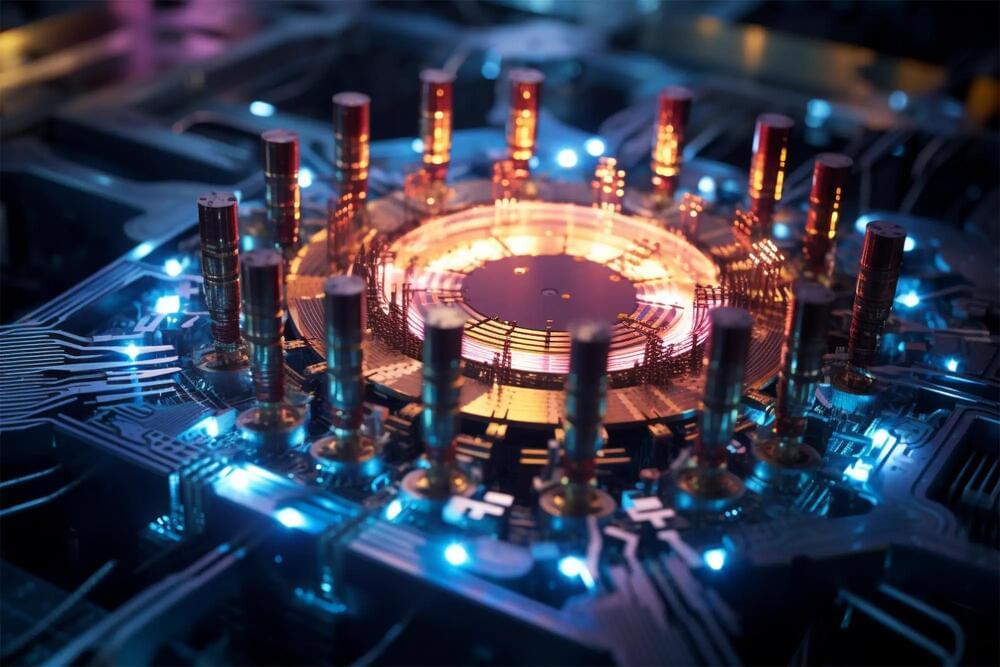
A German-Chinese research team has successfully created a quantum bit in a semiconductor nanostructure. Using a special energy transition, the researchers created a superposition state in a quantum dot – a tiny area of the semiconductor – in which an electron hole simultaneously possessed two different energy levels. Such superposition states are fundamental for quantum computing.
Previously, the induction of such a state necessitated a large-scale, free-electron laser capable of emitting light in the terahertz range. Unfortunately, this wavelength was too long to accurately focus the beam on the quantum dot. This team, however, achieved the excitation with two carefully calibrated, short-wavelength optical laser pulses.
The team headed by Feng Liu from Zhejiang University in Hangzhou, together with a group led by Dr. Arne Ludwig from Ruhr University Bochum and other researchers from China and the UK, report their findings in the journal Nature Nanotechnology, published online on July 24, 2023.